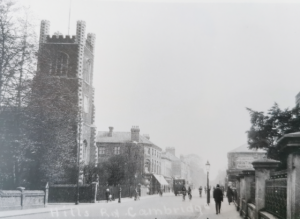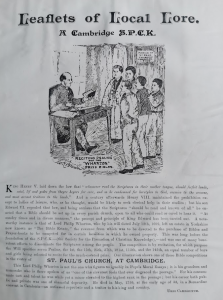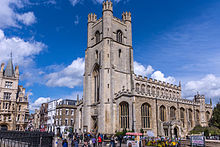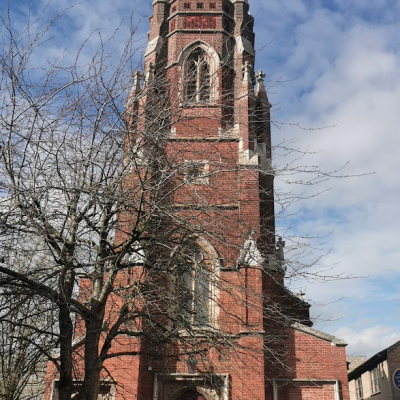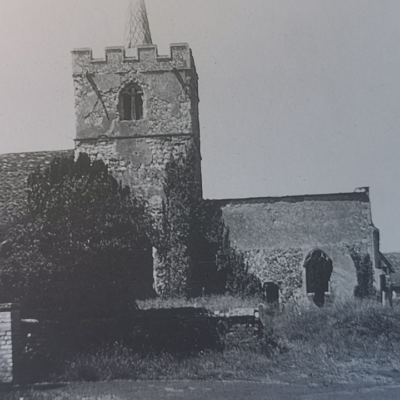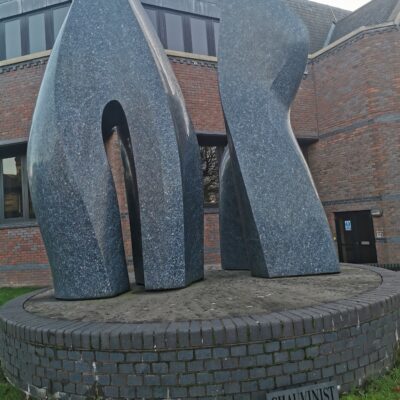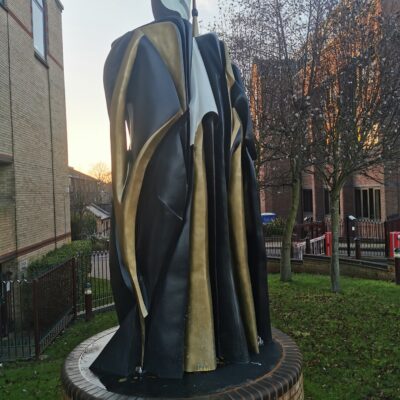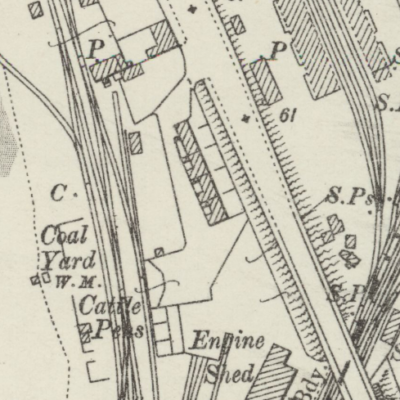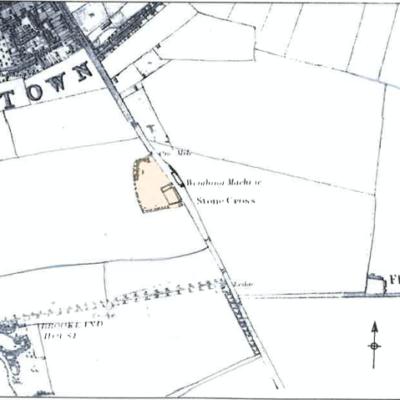Search by topic
- archaeology
- architecture
- bricklayer
- Building of Local Interest
- carpenter
- church
- crime
- dressmaker
- fire
- Great Eastern Railway
- listed building
- medieval
- oral history
- Public House
- Rattee & Kett
- Religious House
- Roman
- scholar
- school
- Then and Now
- tudor
- women
- work
- world war one
- world war two
Search by text
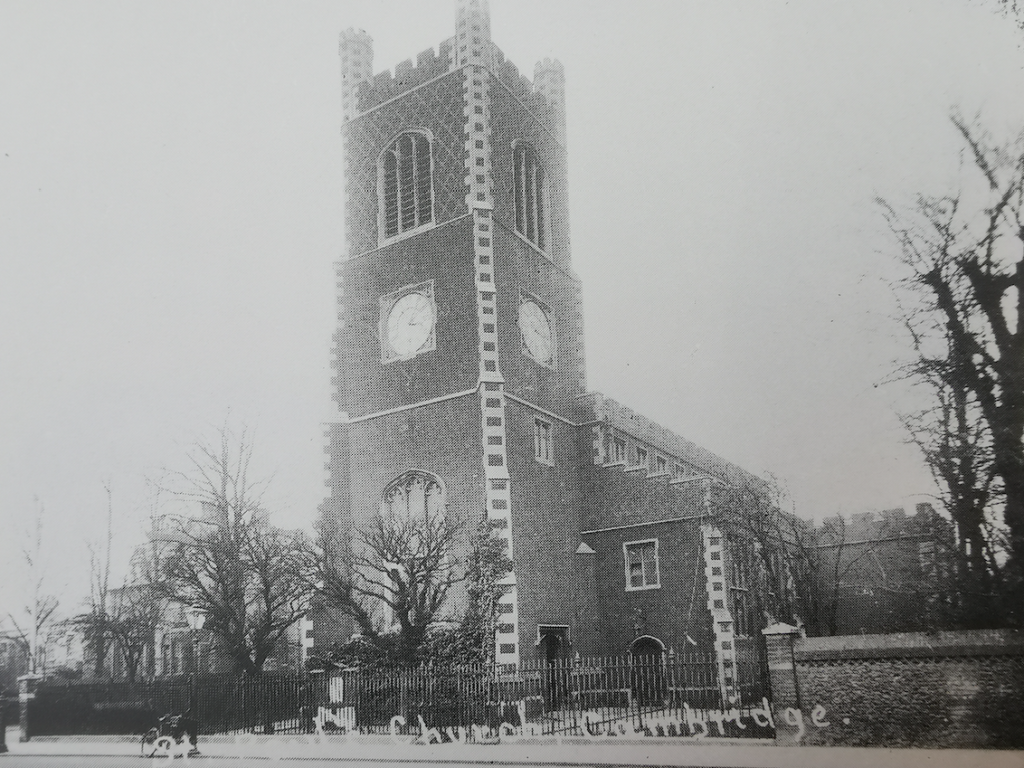 St Paul's Hills Road in 1927 (Cambs Collection)
St Paul's Hills Road in 1927 (Cambs Collection)St Paul’s Church, Cambridge
History of St Paul's Church, Cambridge
The Caius College Building Estate in Barnwell – Jeremy Lander: It must have been incongruous indeed to have this densely populated rectangle of jerry-built terraces [Cambridge Place] jutting out into what was then still agricultural land on the outskirts of the town. It was certainly an embarrassment to Caius College who had recently acquired that land in the hope of eventually turning it into an exclusive residential neighbourhood. It is likely that the presence of Cambridge Place slowed down the development of Hills Road. The Victorians had a highly developed sense of social exclusiveness, not to mention fear of cholera, and prospective well-to-do lessees were obviously loathe to to take up residence near to that ‘miserable habitation.’
In an effort to ameliorate this difficulty, and expensive, situation Caius attempted to establish what may be termed a ‘pious buffer zone’ between their building plots and Cambridge Place. To do this they laid out a road at right angles to Hills Road close to Lyon’s plot and sold off the intervening wedge of land as a site for a church, a parsonage and a group of almshouses.
The site on the corner of Hills Road and the new road, which was to become known as St Paul’s Road, was sold in 1839 to the Ecclesiastical Commissioners and two years later the church of St Pauls was built.
Built 1840-1 by Ambrose Poynter (builder of Christ Church and rebuilder of St Andrew the Great).
Further historical notes can be found on Historic England.
‘Catholics in Cambridge’ p.241, in its chapter on the architect Pugin, contains interestingcontemporary commentary on the design of St Paul’s.
1843 Romilly records in his diary the extreme hailstorm of Wednesday 9th August and mentions the damage to St Paul’s church. There was extensive damage to windows across the city.
1849 the plot behind the church was sold for the building of a parsonage.
1859 a pillar letter box was erected near St Paul’s church and an allowance of £2 a year granted to provide for the collections.
Contribute
Do you have any information about the people or places in this article? If so, then please let us know using the Contact page or by emailing capturingcambridge@
License
This work is licensed under CC BY-NC-SA 4.0








